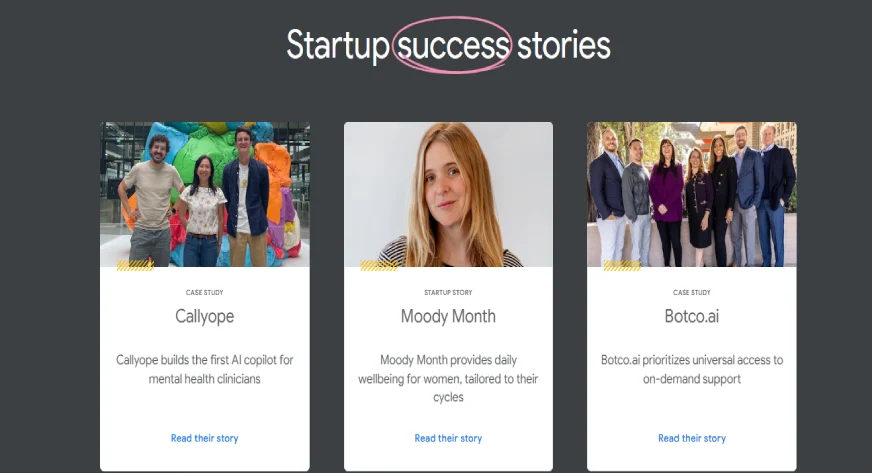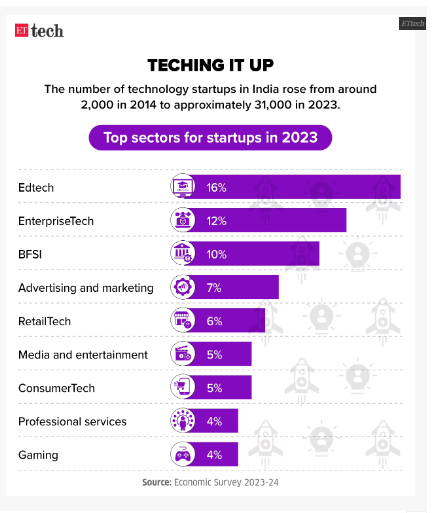How to Build Your Startup in 2025?

In 2025, starting a business takes more than just a good idea. You need to act on it, adapt quickly, bounce back from problems, and see the big picture. If you’ve been thinking about starting your own company, now is a great time to do it. The world is changing in good ways – technology is getting better, it’s easier to work with people around the world, and everyone wants new and innovative things.
Whether you’re a first-time founder or an experienced entrepreneur ready to try something new, In this article you will get to know through how to build your startup in 2025 – step-by-step.
Why 2025 is the Perfect Time to Build Your Startup?
2025 brings a unique blend of challenges and opportunities:
- AI-powered productivity tools lower the cost of launching and scaling.
- Global markets are more accessible with remote teams and digital-first customers.
- Consumer demand is shifting toward personalized, sustainable, and meaningful products.
- Funding is smarter, more accessible, and diversified with options from VCs to crowdfunding.
If you’re serious about building your dreams company, now is the time to move from ideation to action.
Steps to Build Your Dreams Company
Step 1: Start With a Purpose-Driven Idea
Every successful startup starts with a problem worth solving. Ask yourself:
- What frustrates you or others in a specific industry?
- What process can be made faster, cheaper, or more enjoyable?
- What future trends can you build for today?
Your startup should be driven by purpose. The best companies don’t just sell products – they offer solutions that make people’s lives better.
Also Read , Top 10 Digital Marketing Trends Dominating
Step 2: Validate Before You Build
Before investing your time and money, validate your startup idea. The biggest mistake founders make is assuming people want their product. In 2025, with lean tools and rapid feedback loops, there’s no excuse not to validate early.
How to validate:
- Interview 10–20 potential customers.
- Create a simple landing page with an email signup.
- Run a small ad campaign to test interest.
- Offer a pre-order or waitlist to gauge real demand.
If people show interest before your product exists, you’re onto something.
Step 3: Establish a Strong Foundation
You can’t build your startup on shaky ground. The early steps you take in setting up your business legally and financially can save you from major issues later.
What to do:
- Choose a business structure (e.g., LLC, Pvt Ltd, etc.).
- Register your company and protect your intellectual property.
- Set up a separate business bank account.
- Use accounting software like QuickBooks or Zoho.
- Define founder equity splits and agreements from day one.
Step 4: Build a Minimum Viable Product (MVP)
Your MVP is not your final product. It’s a simple version of your idea that lets you test and learn.
MVP checklist:
- Focus on the core feature that solves the main problem.
- Build using no-code tools if you’re not technical (e.g., Bubble, Glide).
- Test with real users and gather feedback.
- Don’t aim for perfect – aim for functional and valuable.
In 2025, speed and adaptability matter. Build fast, test often, and iterate quickly.
Want to see how others turned ideas into success? Explore these amazing startup stories!

Step 5: Create a Lean, Passionate Team
Behind every successful startup is a great team. You don’t need a huge staff – you need the right people.
What to look for in early hires:
- Passion for the problem you’re solving.
- Ability to wear multiple hats.
- Strong communication skills.
- Willingness to grow with the company.
You can hire remotely, work with freelancers, or partner with co-founders. But make sure everyone aligns with the mission.
Also Read, Digital Marketing Strategies for Startups
Step 6: Focus on Product-Market Fit
Product-market fit means you’ve created something people truly want and are willing to pay for. When you hit this stage, growth feels natural.
Signs of product-market fit:
- Customers return without prompting.
- Word-of-mouth starts to spread.
- You’re solving a “hair-on-fire” problem.
- Metrics like retention and engagement improve over time.
Don’t scale until you’ve hit this milestone. Otherwise, you’re just pouring money into a leaky bucket.
Step 7: Funding Your Startup in 2025
Funding options are more diverse than ever. You no longer need to rely solely on venture capital.
Top funding options in 2025:
- Bootstrapping: Self-fund with revenue, side gigs, or savings.
- Angel Investors: Individuals who invest in early-stage ideas.
- Startup Accelerators: Programs that offer capital + mentorship (e.g., Y Combinator, Techstars).
- Crowdfunding: Platforms like Kickstarter or Indiegogo.
- VC Funding: Ideal when you have traction and big ambitions.
Build a compelling pitch deck and be clear about your market, product, traction, and team.
Step 8: Build a Memorable Brand
Your brand is more than your logo – it’s how people feel when they interact with your business. To build your dreams company, you must create a brand that resonates.
Tips to build a strong brand:
- Create a clear and consistent visual identity.
- Tell a compelling story about why you exist.
- Share your journey – wins and losses alike.
- Build trust with authenticity and transparency.
Remember: People buy from brands they believe in. Your story is your superpower.
Step 9: Marketing for the Modern Era
Marketing in 2025 is digital, data-driven, and community-first. You don’t need a big budget to get noticed you need creativity and connection.
Growth strategies:
- Content Marketing: Share blogs, guides, and thought leadership.
- SEO: Optimize your website for keywords like “build your startup” and “startup tips 2025.”
- Email Marketing: Use automation tools to nurture leads.
- Social Media: Build a following by offering real value.
- Community Building: Engage with your audience via Discord, Slack, or webinars.
Focus on pulling people in with valuable content, rather than pushing sales messages.
As Economic Survey Shows the increasing of Edtech Startups after covid

Step 10: Cultivate Company Culture Early
Culture isn’t what you write on a wall. It’s how your team behaves when no one’s watching. In 2025, culture plays a huge role in attracting talent and customers.
Define early:
- Your mission, values, and team norms.
- Communication practices – especially for remote teams.
- How you handle failure, feedback, and growth.
Step 11: Scale Smart, Not Fast
Once you’ve validated, built, and gained traction, it’s time to scale. But growth without systems is chaos.
Smart scaling tips:
- Automate repetitive tasks (email, onboarding, reporting).
- Expand your team strategically – hire based on gaps, not guesses.
- Invest in customer support as you grow.
- Watch your metrics religiously – know your CAC, LTV, churn, and burn rate.
Scaling is not just about growth – it’s about growing well.
Step 12: Stay Resilient and Keep Evolving
The startup journey isn’t linear. There will be obstacles, pivots, and doubts. But resilience is your greatest asset.
- Stay close to your users – they’ll guide you.
- Adapt quickly to market shifts.
- Take care of your mental health.
- Learn from failures – then move forward stronger.
Building your startup isn’t just about success. It’s about growth—personal, professional, and communal.
Conclusion
Starting a business in 2025 is not for the faint of heart – but it’s also never been more accessible, more exciting, or more meaningful. If you’ve been waiting for the “right time” to build your startup, consider this your green light.
You don’t need to have all the answers – you just need the courage to begin.
Take that first step today.
Start small.
Build smart.
Stay human.
And above all – build your dreams company.
